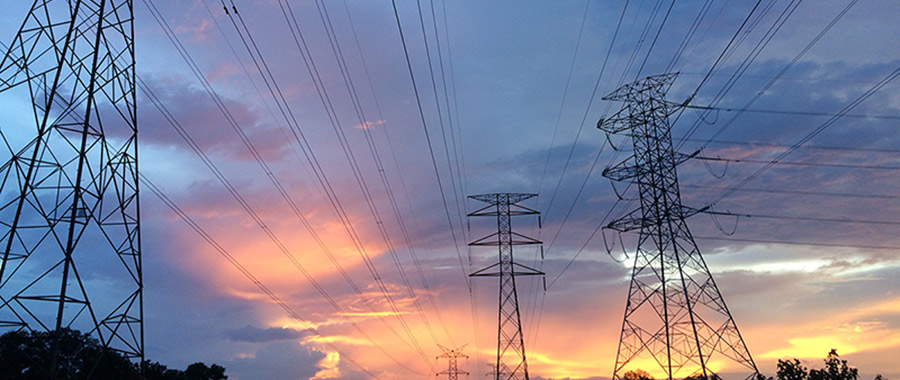
What is the Peak Demand and how to reduce it?
The peak demand is the maximum electrical power that happens over a specific period of time. The unit of the peak demand is KVA or kW and can be measured on daily, monthly or yearly basis.
The peak demand for a building or a facility is a network charge because it has an impact on the network infrastructure and it is a direct pass from the network provider to the end user through the energy retailer. It is usually measured daily, however, the energy retailer does not charge the clients for the measured daily demand but they charge for something called the Contracted Demand or the Critical Peak Demand.
The network provider usually calculates the contracted demand annually and it is based on the average of the peak demand in a nominated number of days in the year and during a specific period of time, which is usually between 2 to 6 pm (3 to 7 pm daylight saving time). Usually the energy retailer mentions the monthly peak demand in each monthly bill and therefore, the end user should monitor this monthly peak demand and compare it to the contracted demand in the bill to make sure it is not way lower than the later. It happened that one of our clients has 178 KVA contracted demand and the highest value of their monthly peak demand was only 66.9 KVA during the year. The client was paying for 178 KVA peak demand while they should only pay for 66.9 KVA. This is corresponds to around $900 saving per year. We spoke to the energy retailer on behalf of our client and they advised that they are happy to review the contracted demand again and reduce it and this is what we told our client to do.
How can we manage the peak demand and reduce it?
As we mentioned above, the peak demand is an electrical power and therefore, it is a result of using electrical systems and equipment in the building. For example, during hot days in summer, the air conditioning system works in its full capacity to meet the cooling load in the building and therefore, it makes a spike in the electricity consumption during the afternoon. Likewise, turning on all the lights in the building at the same time leads to increase the peak demand. Below, we discuss some strategies for each system to manage and reduce the peak demand:
HVAC (Heating, Ventilation and Air Conditioning) Systems:
- Global Temperature Adjustment: You can raise the temperature setpoint for all the spaces in the building in summer and lower it in winter during the peak demand time to reduce the air conditioning system electrical power demand.
- Supply Air Temperature Increase: You can increase the supply air temperature to reduce the load on the air conditioning units and chillers and then reduce their electric power demand.
- Thermal Mass Storage: You can install energy mass storage such as chilled water thermal storage tanks or ice storage tanks to shift the chiller electric power demand from the peak demand time to low demand time such as during the night.
- Duct Static Pressure Decrease: You can reduce the duct static pressure setpoint during the peak demand time to reduce the fans electric power demand.
- Fan Variable Frequency Drive Limit: You can put a limit on the maximum frequency for the fans to reduce their speed and then reduce their electric power demand.
- Chiller Demand Limiting: You can apply chiller demand limiting control strategies in the BMS to reduce chiller power demand during the peak demand time.
Lighting Systems:
- Zone Switching: You can divide the building lighting into zones depending on the occupancy and working hours and you should only turn on the lights of the occupied zones and no need to turn all the building lights every time.
- Stepped Dimming & Continuous Dimming: You can install dimers on the lights and consider dimming the lights during the peak demand time.
Solar PV System:
Consider to install solar PV system in the building to generate electricity and then reduce the electricity consumption and also the peak demand.
Other Systems:
- Elevator Cycling: You can cycle between elevators and not turn them on all during the peak demand time.
- Shift Load to Emergency Generator: You can use the emergency generator to meet part of the building electricity demand during the peak demand time.
- Power factor correction: If you have low power factor in the building, then you can install power factor correction to reduce the apparent power and the peak demand.
- Turn off Unnecessary Systems: You can turn off the unnecessary systems such as fountain pumps during the peak demand time.
For a comprehensive review for your energy consumption and your peak demand, which gives you recommendations and solutions to reduce both of them, please contact us.